dixontj93060
Well-Known Member
- Joined
- Feb 19, 2009
- Messages
- 13,083
- Reaction score
- 45
A shred or fin flutter event will result in a sharp or oscillatory deviation in trajectory but no "forward fire." Whereas a CATO/blow-by will 99% of the time have the characteristic "forward fire." One of my "fond" memories of the later below:

The final 1% are CATO's that completely over pressurize and blow out the case so any observable fire is near extinguished. Those are pretty spectacular and extremely loud!


The final 1% are CATO's that completely over pressurize and blow out the case so any observable fire is near extinguished. Those are pretty spectacular and extremely loud!

Last edited:





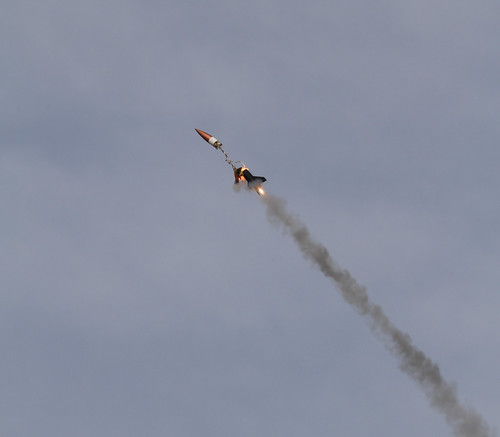
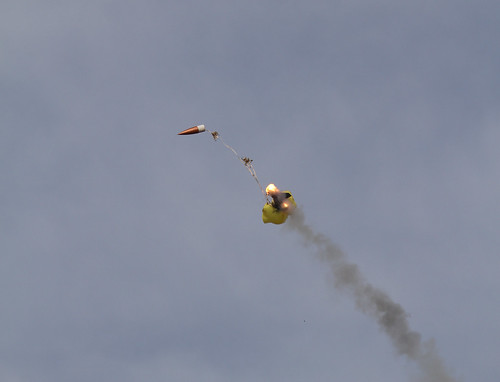
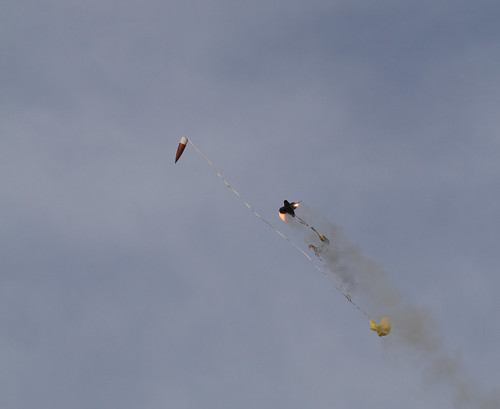
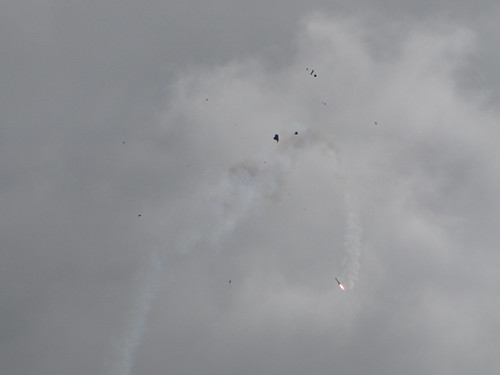
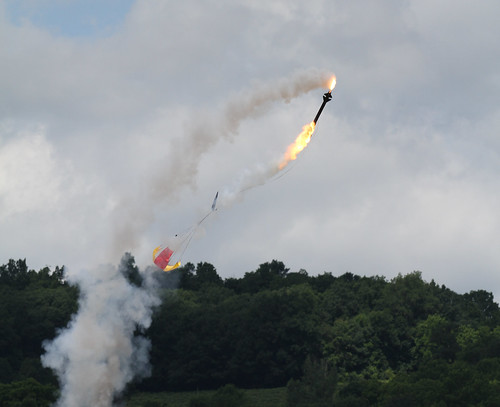
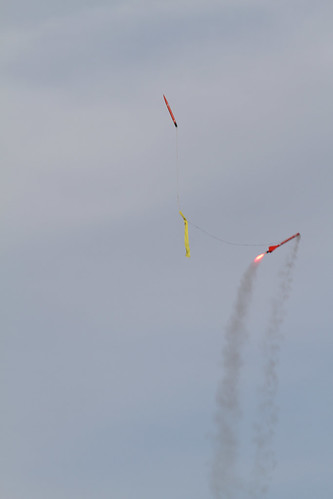

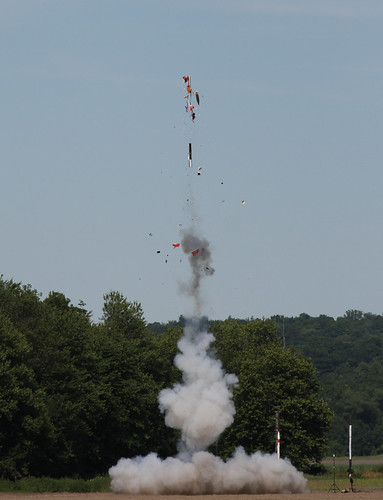
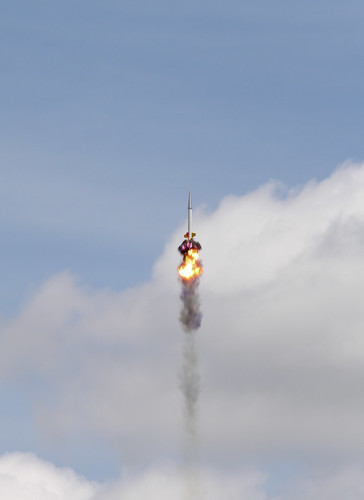
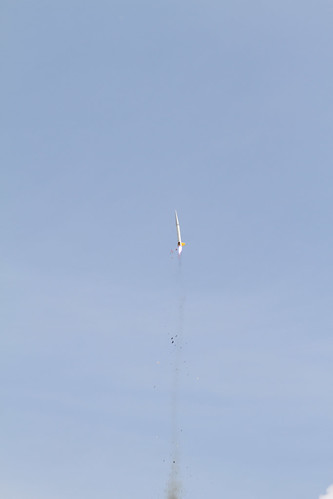

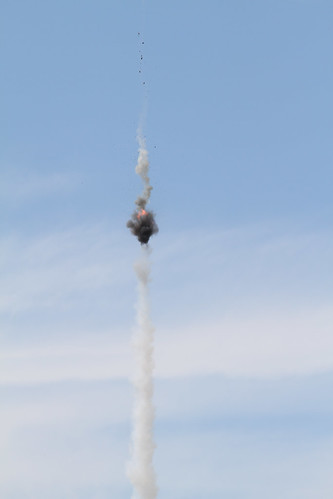
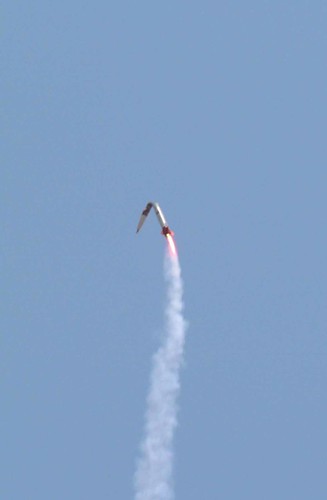
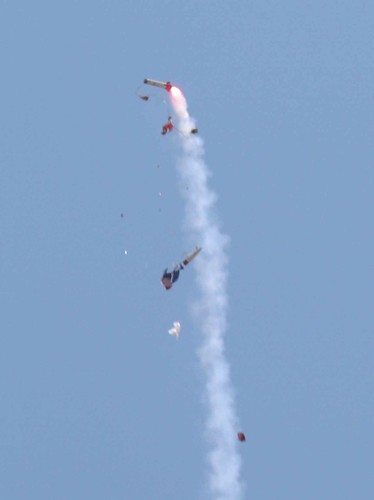



 ). This was my first 5G motor, so I was particularly paying attention to using the spacer and the casing. I also checked the inside of the casing to ensure there was no residue from the previous flight. Since the motor eject was back up I didn't remove the delay grain module to drill any delay adjustment, and at the time I was pretty sure everything was fine and dandy there. I've also wondered whether (for example) when I was inserting it, the igniter did not reach all the way up the core and get seated in the head end, but I did my usual checks to ascertain that. At the pad I made the usual finger loop before putting the yellow nozzle cap back on, and wrapped the crocodile clip leads loosely around the base of the launch rail to take some of the strain and avoid pulling the igniter lead down.
). This was my first 5G motor, so I was particularly paying attention to using the spacer and the casing. I also checked the inside of the casing to ensure there was no residue from the previous flight. Since the motor eject was back up I didn't remove the delay grain module to drill any delay adjustment, and at the time I was pretty sure everything was fine and dandy there. I've also wondered whether (for example) when I was inserting it, the igniter did not reach all the way up the core and get seated in the head end, but I did my usual checks to ascertain that. At the pad I made the usual finger loop before putting the yellow nozzle cap back on, and wrapped the crocodile clip leads loosely around the base of the launch rail to take some of the strain and avoid pulling the igniter lead down.
